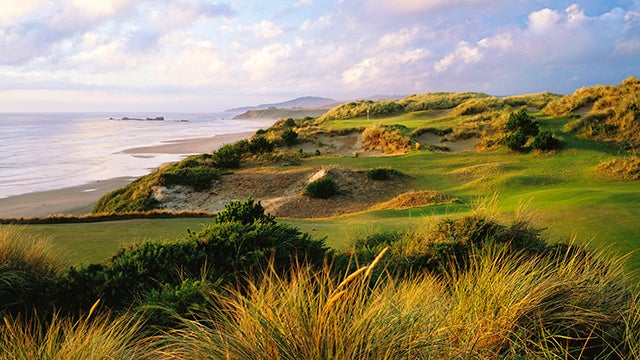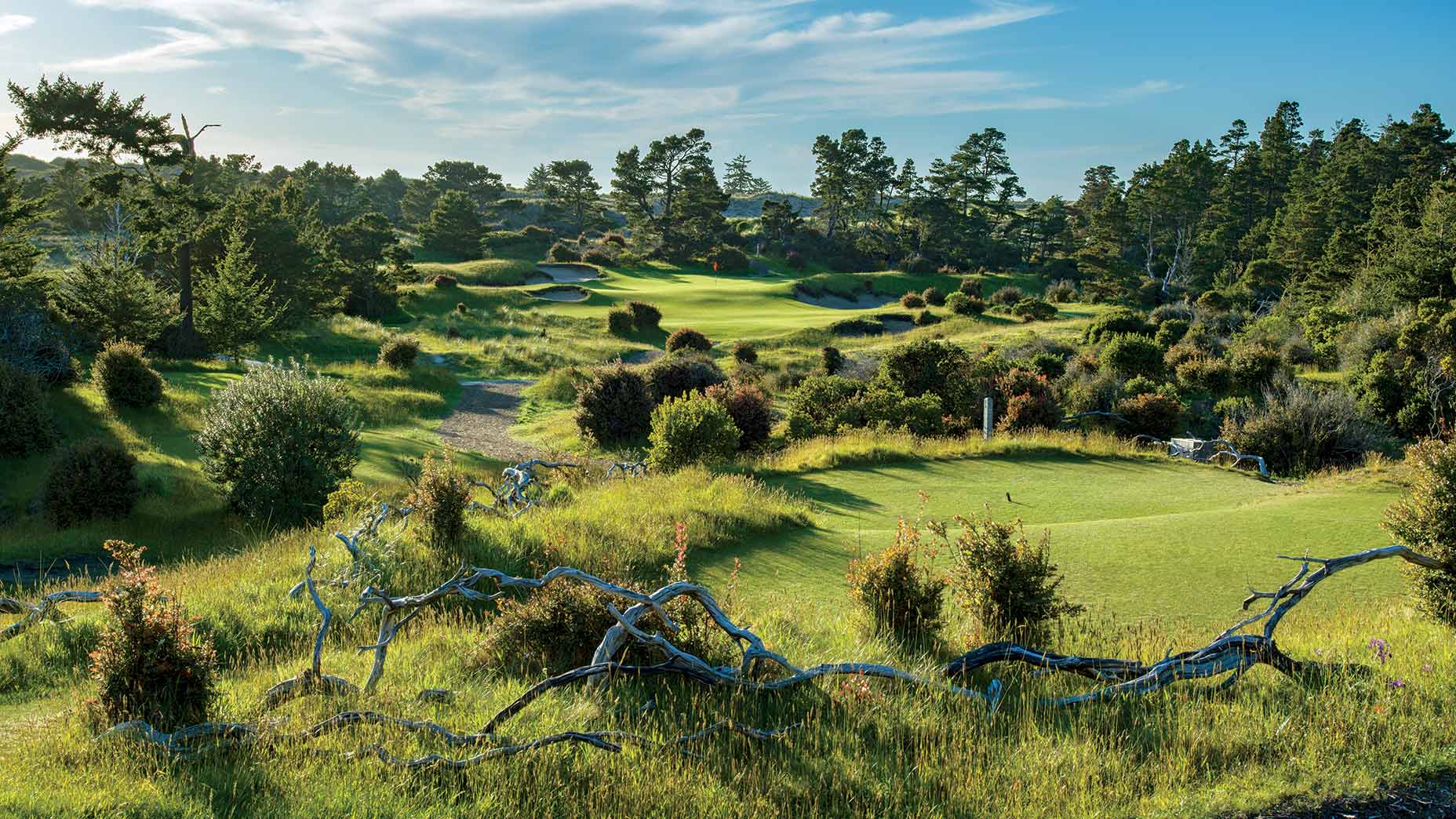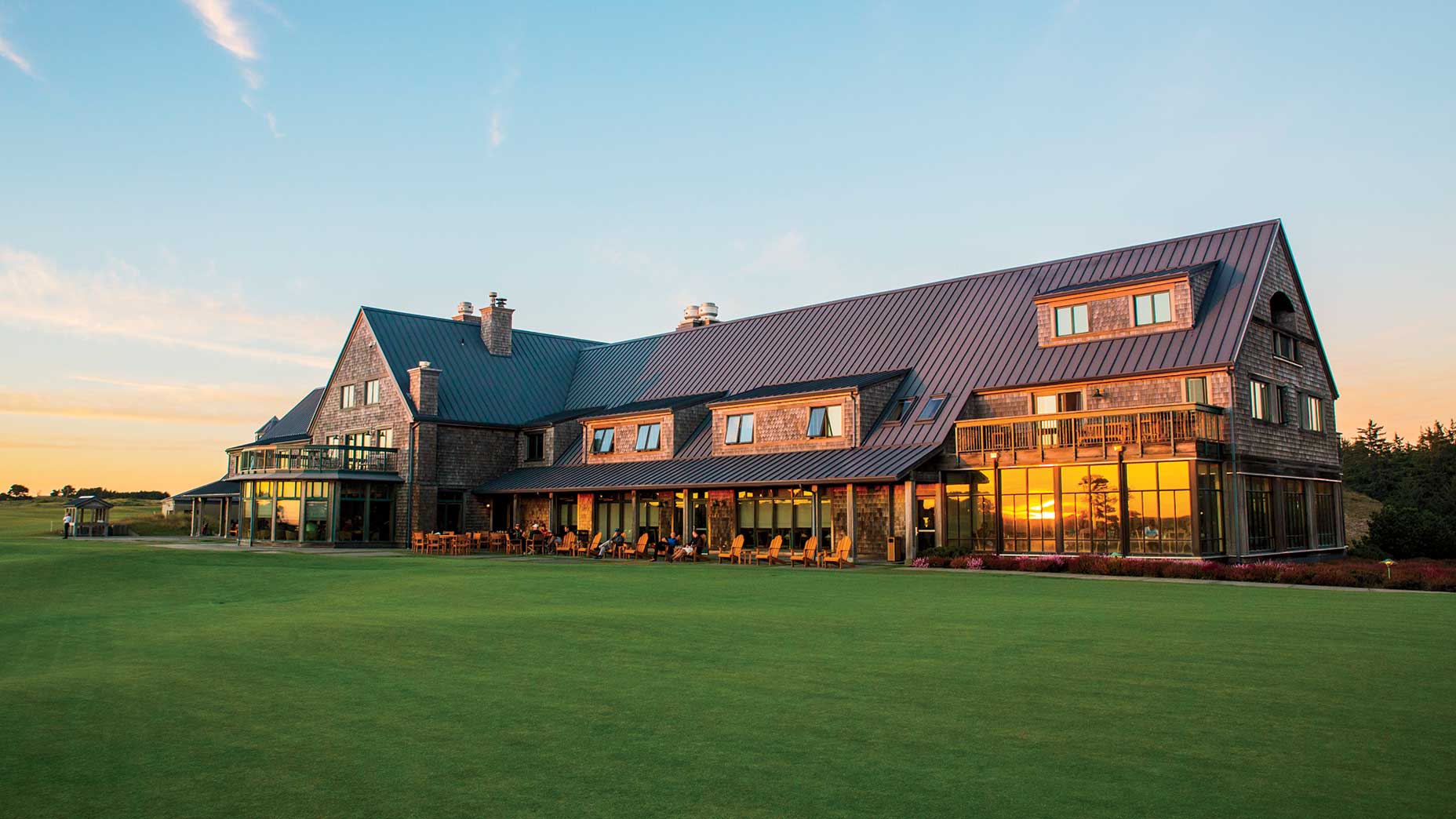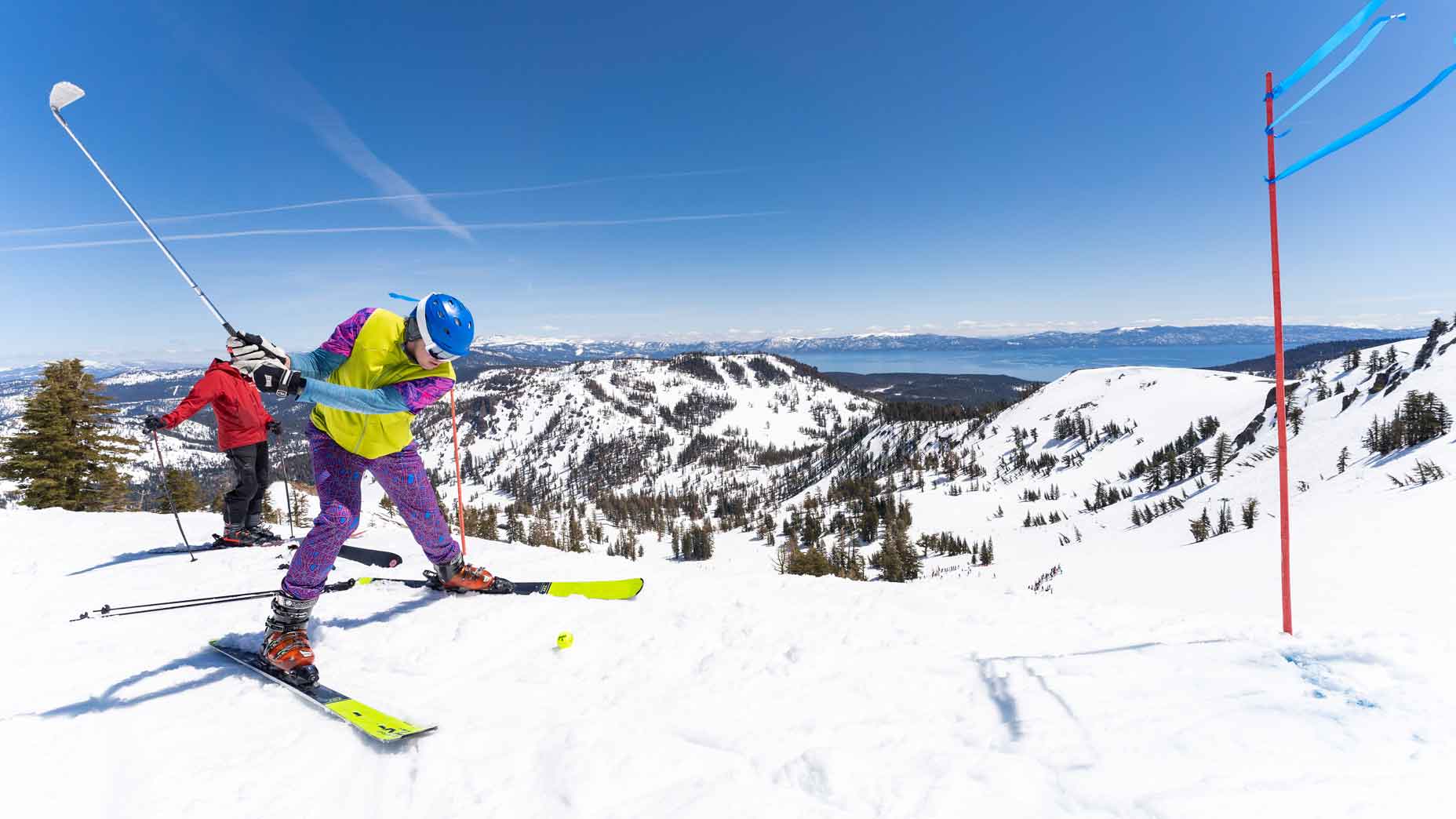The bunker at the front-right of the par-3 15th hole at Bandon Dunes golf course is so deep that some refer to it as the ‚Äúdevil‚Äôs a–hole.‚ÄĚ
It is hardly the worst hazard along the Oregon coast.
The real potential round-wrecker in the region is a fault called the Cascadia subduction zone, a tear in the earth that stretches for 700 hundred miles off the Pacific coast, reaching roughly from Mendocino, Calif. to Vancouver Island, Canada, passing Bandon Dunes Golf Resort along the way.
The next time it acts out (and scientists agree, as The New Yorker reported in July, that it’s not a matter of if, but when), the ground will shake; coastal dunes will slough into the sea; sandy soil will slosh around like liquid; buildings and bridges will be reduced to rubble; and massive waves will overwhelm much of the Pacific Northwest shoreline, among other consequences far more dire than double-bogey.
That’s the bad news.
The really bad news is that, like Sergio Garcia, those disasters are overdue.
‚ÄúIf you‚Äôre visiting the southern Oregon coast you should know that there‚Äôs about a 1 and 3 chance of this happening in the next 50 years,‚ÄĚ says Patrick Corcoran, an expert on earthquake and tsunami preparedness for the Oregon Sea Grant. ‚ÄúThe odds of it happening during your golf trip are still relatively small. But you‚Äôve got to make your plans knowing that it could.‚ÄĚ
As fault lines go, the Cascadia subduction zone is a relatively recent subject of study; 45 years ago, scientists didn’t even know it existed.
Its capacity for ruin, however, is etched into the geologic record. Over the past 10,000 years, 41 major earthquakes have occurred along it, an average of one every 243 years. The most recent one took place in 1700, before European settlement of the Pacific Northwest.
That’s 315 years ago, if you’re keeping score at home.
Although there are no written accounts of the havoc the last big rattler wreaked, Native American oral histories tell of an event that shook the land, triggered a flood and eradicated an entire tribal people on Vancouver Island. From their own studies, scientists have unearthed corroborating evidence of the devastation.
While it’s impossible to say exactly how much damage the next Cascadia convulsion will cause, scientists agree that it won’t be pretty.
Remember the 1989 Loma Prieta quake, which struck before the start of Game 3 of the World Series? That spasm in the earth was just a shrug compared to what the Cascadia subduction zone can do. For a closer corollary, experts say, look instead to the 2011 magnitude-9.0 Tohoku earthquake and subsequent tsunami, a disaster that killed more than 18,000 people and prompted the meltdown of a nuclear power plant.
Golfers, of course, tend to see the world through tunnel vision, so let’s cast the conversation in an appropriate perspective. How might all of this affect your Bandon trip?
The consensus among scientists and safety experts is that most people and properties along the Pacific Northwest coast are woefully unprepared for a Cascadia disaster. Bandon Dunes, however, has not ignored the threat.
All resort employees receive emergency training, which includes familiarization with evacuation routes. That training was put into place this summer, when wildfires forced the resort to evacuate golfers from Old MacDonald and Pacific Dunes, two of its four 18-hole courses.
‚ÄúI‚Äôve seen some doomsday scenarios that show the entire coast getting swept away in an earthquake and tsunami, and the I-5 corridor becoming beachfront property,‚ÄĚ says Josh Lesnik, president of KemperSports, which manages the resort. ‚ÄúIf something like that happens, well, goodbye. Golf is going to be the least of our worries. But in the meantime we‚Äôre trying to be as prepared as we can.‚ÄĚ
Bandon Dunes has the benefit of sitting atop bluffs, almost entirely above what is known as the ‚Äúinundation zone‚ÄĚ — coastal areas that, according to scientific modeling, are expected to be engulfed by a tsunami. Only the sixth hole on the par-three Bandon Preserve course lies within that area.
The town of Bandon itself is not so lucky. Much of it sits in the inundation zone, as do stretches of the coastline between the resort and Southwest Oregon Regional Airport to the north.
Like many municipalities, the town of Bandon has a tsunami warning siren, but a far better alert comes from nature itself, says the Oregon Sea Grant’s Patrick Corcoran.
‚ÄúForget the siren. The earthquake is your signal that the tsunami‚Äôs coming,‚ÄĚ Corcoran says. ‚ÄúWhen the ground starts shaking you know that you‚Äôve got 15 to 30 minutes before the waves show up, so get yourself to higher ground.‚ÄĚ
That shaking, of course, can inflict plenty of damage, too, including calamities caused by liquefaction, a phenomenon during which once-solid ground starts behaving like a liquid, destabilizing anything on top of it. Geologists have created liquefaction maps as well; Bandon Dunes sits in an area of ‚Äúmoderate‚ÄĚ risk.
‚ÄúWe know that at some point there is going to be an event on the Cascadia subduction zone,‚ÄĚ says Ali Ryan Hansen, a spokeswoman for the Oregon Department of Geology and Mineral Industries. ‚ÄúBut we‚Äôre not just saying, ‚ÄėGood luck to you all.‚Äô We‚Äôre trying to raise awareness so that we can all be as prepared as possible when it does.‚ÄĚ
The old rules of earthquake response apply: duck, cover and hold. As for a tsunami, your only real shot at survival is to not get caught in one.
The good news, says Corcoran, is that preparedness is pretty simple, and not all that time-consuming.
‚ÄúIf you‚Äôre planning a trip to the southern Oregon coast, the first thing you do is inquire where your lodging is in the inundation zones, which should take you all of a few seconds,‚ÄĚ he says. ‚ÄúThe next thing you need to find out is, where do I go? Where are the evacuation routes?‚ÄĚ
Corcoran isn’t trying to be a buzz kill. He’s a longtime golfer. He loves the game. And though he’s never played at Bandon, it’s not because he’s steering clear of earthquakes and tsunamis.
‚ÄúI would have no compunction about bringing my 82-year-old father out there for a round,‚ÄĚ he says. ‚ÄúBut I‚Äôd do so with a full awareness of the possibilities.‚ÄĚ
Maybe that’s why they call golf a game of risk-reward.
For more news that golfers everywhere are talking about, follow @golf_com on Twitter, like us on Facebook, and subscribe to our YouTube video channel.








